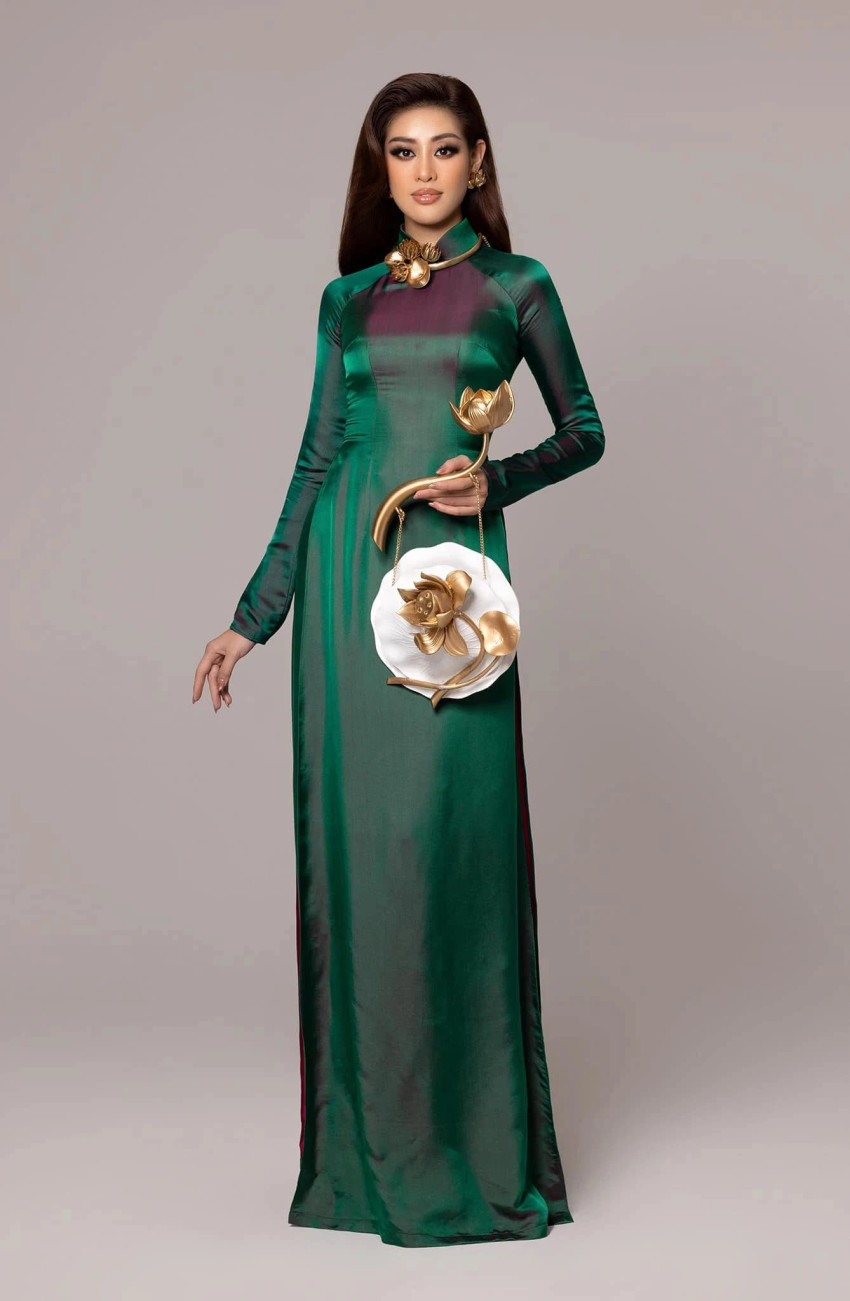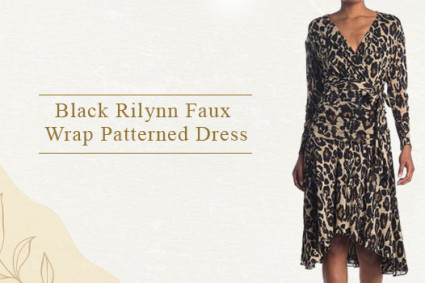
Dressing culture in the Northern Delta region in Vietnam
The culture of the ethnic groups in the Northern Delta has characteristics that are difficult to mix. From the way to dress, stay, travel to religious life, culture, art and architecture... has created a very unique Northern Delta. From prehistory and prehistory, the self-governing period, the absorption of Chinese and Indian culture in the North region has its own unique features determined by its geo-cultural and geopolitical position and developing the Northern Delta always keeps its own distinct identities, creating its own unique features but still in harmony in culture. In the cultural space of the North, the traditional costume or the wearing culture is a cultural symbol that vividly reflects the customs, practices, beauty and identity of each ethnic group in this land.
Characteristics of wearing culture of the Northern Delta
The way of wearing of the Northern ethnic people is also a choice, adapting to the nature of the Northern Delta.
Hung Vuong period costumes
The bottom clothing of Northern women is a skirt (from the Hung Kings period) which is a garment that can cope very effectively with the hot climate and is suitable for farm work. Men's clothes were originally loincloths (in the Nguyen Dynasty, blue loincloths soldiers - local, red loincloths - standing troops, yellow loincloths - serving the king).
When pants penetrated into Vietnam, men absorbed them the earliest, but flexibly converted them into lozenges. This is a versatile creation suitable for hot climates, cool like women's skirts, suitable for diverse farm work. People living along the river often have the custom of painting themselves to avoid harming "Giao Long". In the ancient Vietnamese period, people in the North knew how to use shells, stone beads or wear earrings and stone bracelets to make jewelry to accompany costumes to beautify. On festival days, wear white, high crotch, narrow leg pants.
The upper garment worn by Northern women that has been stable through the ages is the bib. Bibs are often cut, sewn and dyed by women themselves, and have many colors: brown to work in the countryside, white to work in the city, pink, peach, and red on festive days. Men often go topless when working. This way of dressing became the standard of beauty (Men in eel-tail loincloths, women in open-breasted bibs are beautiful). When working or in normal activities, men and women often wear short shirts with 2 bottom pockets, which can be split, or not.
During the feudal period
The costumes of the people of the North had different changes. Women's costumes are black skirts, four-piece tops, headscarves with raven beaks, and floral belts. Men's clothes are loincloths, brown blouses. People's daily clothes are changed towards adapting to the hot and rainy weather of the region, as well as farming and farming. Women with dark skirts and brown shirts go to work. The women's costume consists of three shirts: the outermost is a light brown four-body dress, the next is a chicken-colored shirt, and the innermost is a lotus-colored shirt. - When wearing, all three shirts are buttoned on the side of the kiss, from the neck to the chest turned diagonally to reveal the three colors of the shirt. Inside is a camisole. The head wears a conical hat gracefully, discreetly, shyly. Men's vestments are white pants, a long shirt, and a black scarf.
Other clothes also have belts to keep the clothes underneath from slipping. On her head is a turban, the woman braids her hair with a long piece of cloth - a ponytail. Can be covered with a square scarf, with a crow beak. Men have long hair in a bun. When making a turban, when elegantly wearing a turban. On the scarf or in place of the towel is a hat with a holding strap, men later wear hats. Jewelry with rings of all kinds, dyed teeth black, tattooed.
The preferred color is a negative color in accordance with the tradition of being delicate and discreet. The North is the brown, mahogany color of the land. During the festival, women wear a dark or brown Ao Dai outside, and layers of colorful blouses inside. In recent decades, due to the influence of the West, the traditional Ao Dai has been improved into a modern Ao Dai while enhancing the flaunting of the beauty of the body directly in the Western style, while continuing and developing a subtle, discreet style. The Ao Dai has both met the needs of the times and maintained the national identity, so it has become a symbol of the nation's traditional clothes. Men in the summer festival also wear ao dai, but a black shirt. Besides the upper and lower parts, the Northern Delta costume also has other costumes, such as belts, headwear, jewelry, etc.
Nowadays, in daily life, they dress more simply and neatly for the purpose of convenience for work, travel... The traditional costumes of the North Vietnamese people have also changed.
The suit gradually replaced the traditional men's suit.
Women's ao dai is increasingly improved and perfected: from the queens and princesses in the royal palace with ao dai styled elegantly made of brocade material... to the ladies and girls wearing it. Ao Dai to school, to the office. On the other hand, due to the requirements of labor and work, women do not always wear ao dai, but only on formal days, happy days... will they have the opportunity to "express themselves".
Experienced many historical changes along with the introduction of Western fashion trends, Vietnamese costumes have made many improvements according to certain trends, even so, our country's wearing culture still proves capable. immutable that not all clothes can do.
Cultural values in the Northern Delta region:
Is the breath of Vietnamese culture
Costumes are human creations in response to natural conditions, expressing the concept of human life, aesthetics, etc., which have been formed, stored, and passed down through generations. With the Northern Delta, over thousands of years of history, wearing culture has contributed to creating a cultural symbol that vividly reflects the customs, habits, beauty and identity of the people here.
Many designers have incorporated national culture into modern designs. Designer Xuan Thu said: "Apparel is my own culture, a way of communicating with people around me, as well as with the climate and the weather. No matter where I appear, I always want to make an image of myself from my clothes. Costumes carry messages about the values of the national civilization, which are weaving, sewing, hand embroidery, culture, and personal aesthetics. Resonating to introduce Vietnamese beauty, over the years, many designers have made strong and creative changes, exploiting cultural identities, as a way to find national characteristics and personalities in today's world. flatter. For example, in the designs, Do Trinh Hoai Nam has put the image of the Bac Ninh mandarin on the ao dai, the scenic complex of Trang An - Ninh Binh is reproduced on silk...
With bold humanistic philosophy
Northern costumes contain deep traditional meanings.
-For example:
With the men's five-body shirt in the past, the ao dai symbolizes the four bodies and parents. In addition, the five bodies also represent the point of view of the five ordinary people: benevolence, ceremony, meaning, wisdom, and faith. The bra inside the five-body shirt is white, representing the concept that the mind and body are always pure and clean. The four-body dress of women is also referred to as the four virtues of a woman: Gong, dung, speech, and conduct. The two fronts tied together represent the meaning of husband and wife. In addition, the four ao dai also represent the four fathers and mothers (parents-in-law and parents-in-law) that a woman must take care of. The five buttons of the five-body and four-body robe represent the five wheels: father and son are close, military god is righteous, spouse is separate, elder is best friend, faithful friend.
Conclusion
The Northern Delta costume culture brings enormous benefits to the tourism development of the Northern Delta region in particular and the development of Vietnam's tourism in general.
Western tourists come to Vietnam to admire the natural beauty of the country and are also attracted by the ethnic costumes. Bringing bold national images of each ethnic group in Vietnam.
Melon playground is an odd game where you can entirely de-stress after dealing with stress. Being a sandbox game, you must use all of your imagination to come up with combinations of the in-game objects that will satisfy your creative urges.
There are four mannequins that may be used as bait, the goods are grouped for easy use, and the item group wall has its own traits and qualities that you can readily comprehend and combine with the other items.
The 4 dolls are each a melon (the main character of Melon playground) The main characters of this sandbox game are Pumpkin, Apple, and Corn, and they share a lot of similarities with other sandbox game characters. Instead than having a linear plot like other games, this game's finale depends on the player's imagination. Nevertheless, as the purpose of Melon Playground is to reduce players' stress levels, it is already a success if the player enjoys themselves.




